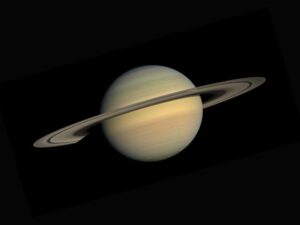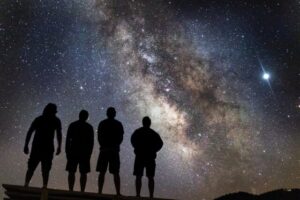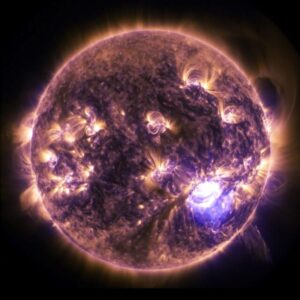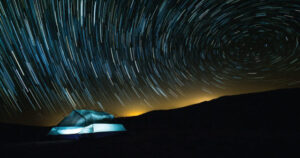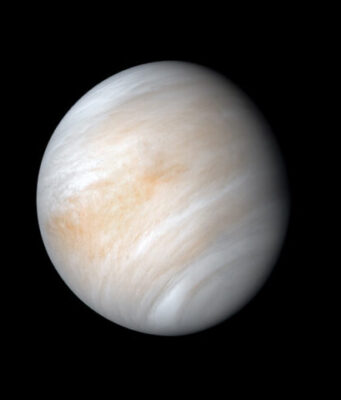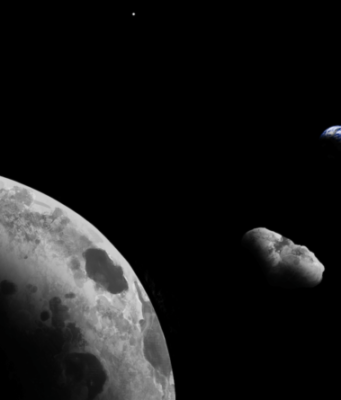An image of the "Canarias Einstein ring". In the centre of the picture, we can see how the source galaxy (the greenish-blue circle), which is further away "surrounds" the lens galaxy (red dot) almost completely. This phenomenon is produced...
Planet 9 was most likely stolen by our sun 4.5 billion years ago. Credit: Image courtesy of Lund University
Through a computer-simulated study, astronomers at Lund University in Sweden show that it is highly likely that the so-called Planet 9...
This young star is breaking out. Like a hatchling pecking through its shell, this particular stellar newborn is forcing its way out into the surrounding Universe.
The golden veil of light cloaks a young stellar object known only as IRAS...
Rosetta's comet in August 2015, when it was closest to the sun and when most of the glycine was detected.
Credit: ESA
Ingredients crucial for the origin of life on Earth, including the simple amino acid glycine and phosphorus, key components...
An artist's conception of Kepler-62f, a planet in the 'habitable zone' of a star located about 1,200 light-years from Earth.Credit: NASA Ames/JPL-Caltech/T. Pyle
A distant planet known as Kepler-62f could be habitable, a team of astronomers reports.
The planet, which is...
After masking out all known stars, galaxies and artifacts and enhancing what's left, an irregular background glow appears. This is the cosmic infrared background (CIB); lighter colors indicate brighter areas. The CIB glow is more irregular than can be...
Combining Mars Reconnaissance Orbiter radar data with images of Mars' north pole, a Southwest Research Institute team found evidence for an ice age on the Red Planet. This mosaic image, produced with the High Resolution Stereo Camera (HRSC) onboard...
This false-color image from a sub-millimeter interferometric telescope shows the circumstellar disk of gas and dust that surrounds star CI Tau. Credit: Stephane Guilloteau/University of Bordeaux
In contradiction to the long-standing idea that larger planets take longer to form, U.S....
NASA's New Horizons captured this high-resolution enhanced color view of Pluto's moon Charon, showing the crack on the icy moon. It was taken just before closest approach on July 14, 2015. The image combines blue, red and infrared images...
Griffin and Dai developed the data collection methodology used to detect the gamma-ray emission from Arp 220.
Credit: University of Oklahoma and NASA
A University of Oklahoma team has detected for the first time the most luminous gamma-ray emission from a...
This enhanced-color view from NASA's Galileo spacecraft shows an intricate pattern of linear fractures on the icy surface of Jupiter's moon Europa. Credits: NASA/JPL-Caltech/ SETI Institute
A new NASA study modeling conditions in the ocean of Jupiter's moon Europa suggests...



